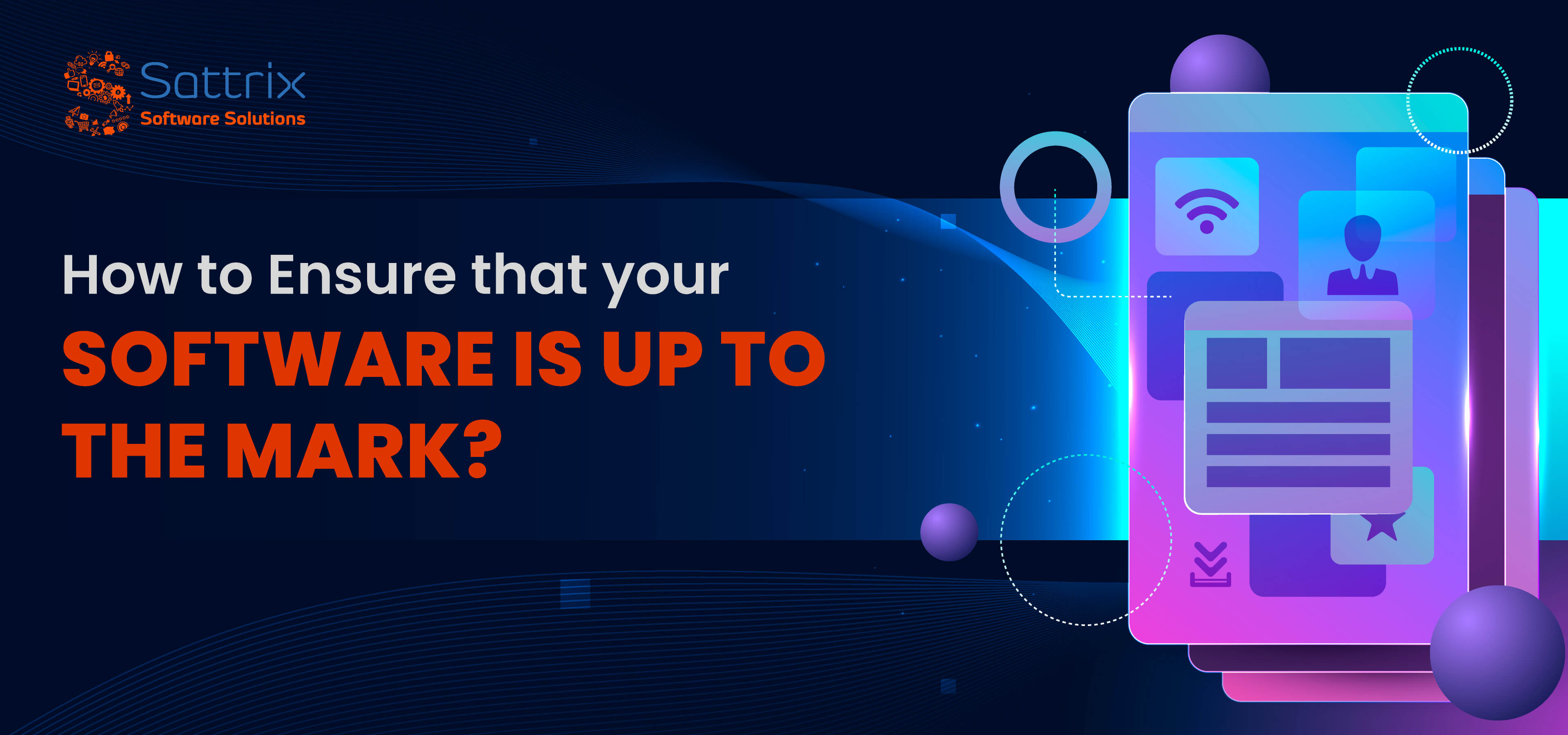

Do you know what will get you more projects? Word of mouth. This is the universal truth for software developers. Seamless and glitch-free software experience can win you accolades. But if it goes south, it can turn the tides against you. That is why, if you are into custom software development, you need to check the quality of the software.
Just like quality assurance marks on food items and products increase their credibility, if a software wins a quality assurance certificate, it suggests that it is reasonably bug and defect-free. Not only this, the software development company has delivered it within the stipulated timeframe and specific budget, and the software fulfils all the requirements cited by the customer.
Phase-wise monitoring of the software development process is essential for project success. Software Quality Assurance refers to a set of activities that should be carried out during the software development process to ensure the highest quality standards. This aspect is wholly focused on the process because if the process is correct, the process's result will most likely be satisfactory.
This aspect focuses on the final product. First, it checks defects in the final product. This way, it ensures that the software delivered to the client is glitch-free.
Software quality standards chiefly focus on functional quality and structural quality.
Functional quality suggests that the design of the software matches applicable requirements and specifications.
Structural quality stands for non-functional requirements such as software maintenance, robustness, correctness etc.
These days, software development companies in the USA prefer performing SQA before delivering the product. The process comprises five significant aspects, also called the pillars of software quality assurance activity.
Management plan
Determine the SQA process before you start the project. This will help you determine the best suitable software engineering activities for the project. It will also help you understand the skillsets of your teammates.
Check points
Is the project heading in the right direction? Set checkpoints to evaluate performance from time to time.
Multi-testing strategy
In the software world, it is said that a code is guilty until proven innocent. So, one should not rely upon a single testing approach. Multi-testing strategy refers to the method of testing the software from multiple angles.
Impact of the changes
Even the smallest of corrections in the code has its repercussions. Evaluating the change impact helps in understanding the outcome of the changes made. This may help in delivering error-free software solutions.
Compatibility between SQA and Programmers
SQA team is not nagging just for the sake of it. It is essential that the programmers understand this, and there is good compatibility between the SQA team and programmers. Their bonding can affect the final product positively or negatively.
Here are some of the key benefits of Software Quality Assurance (SQA):